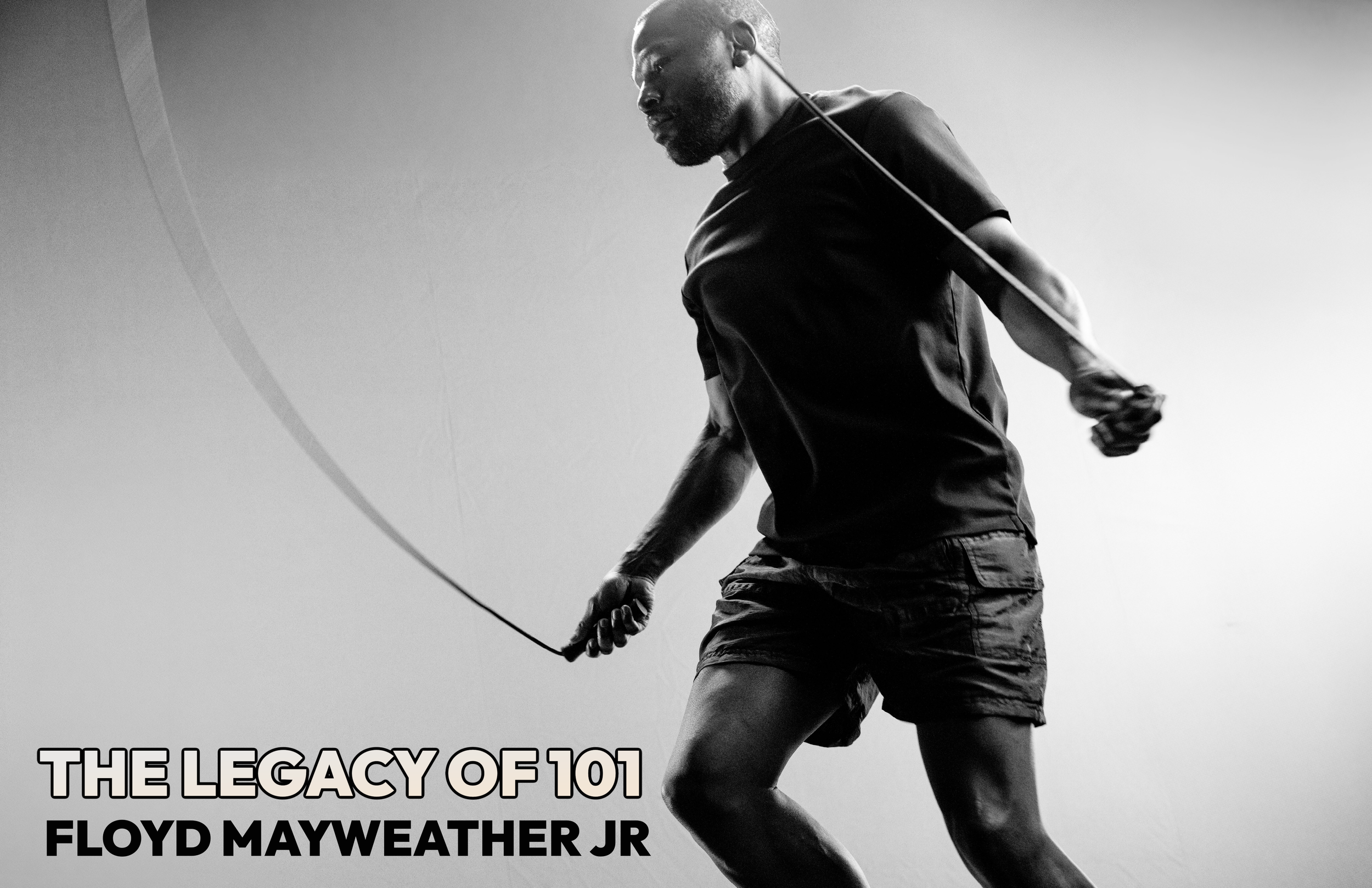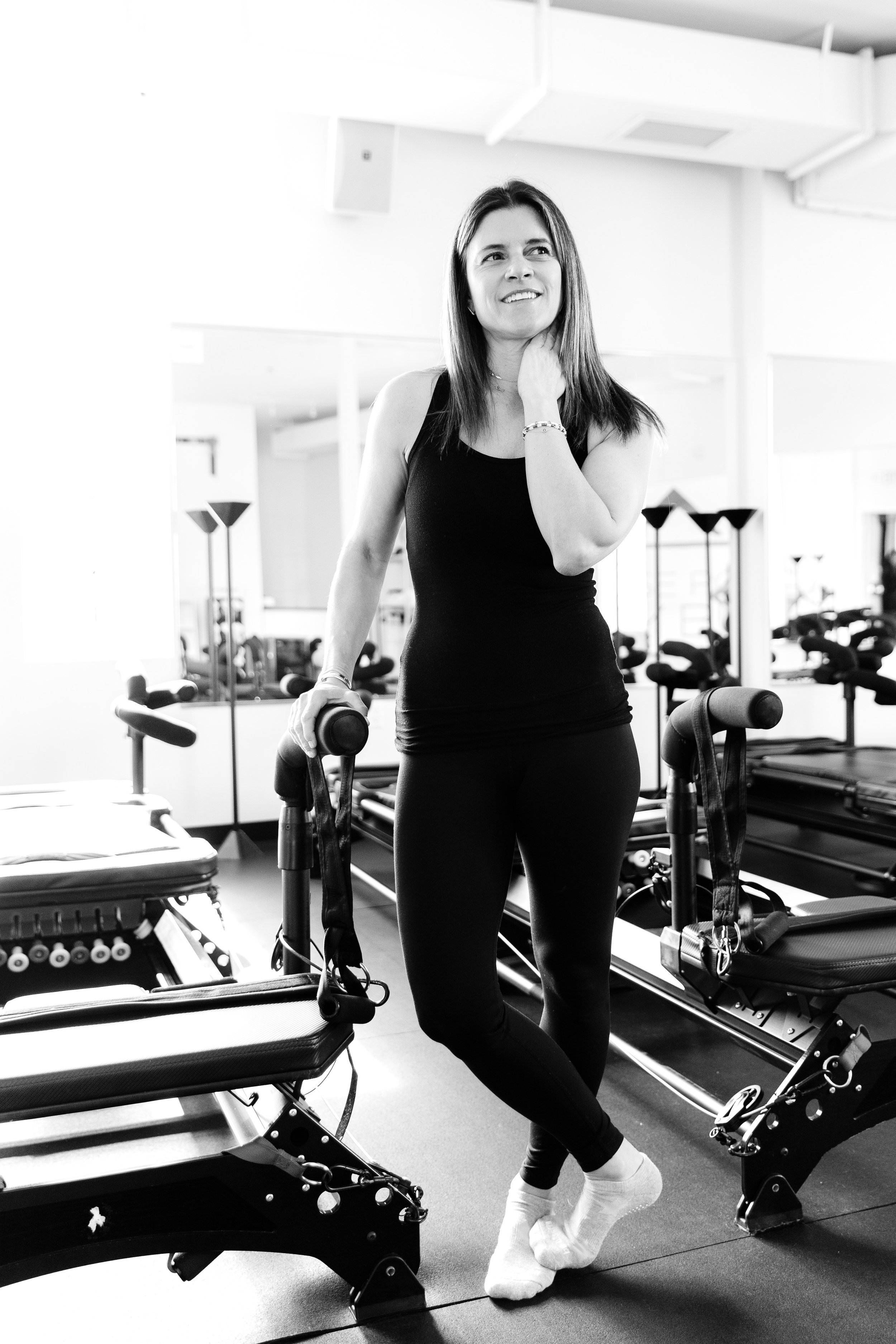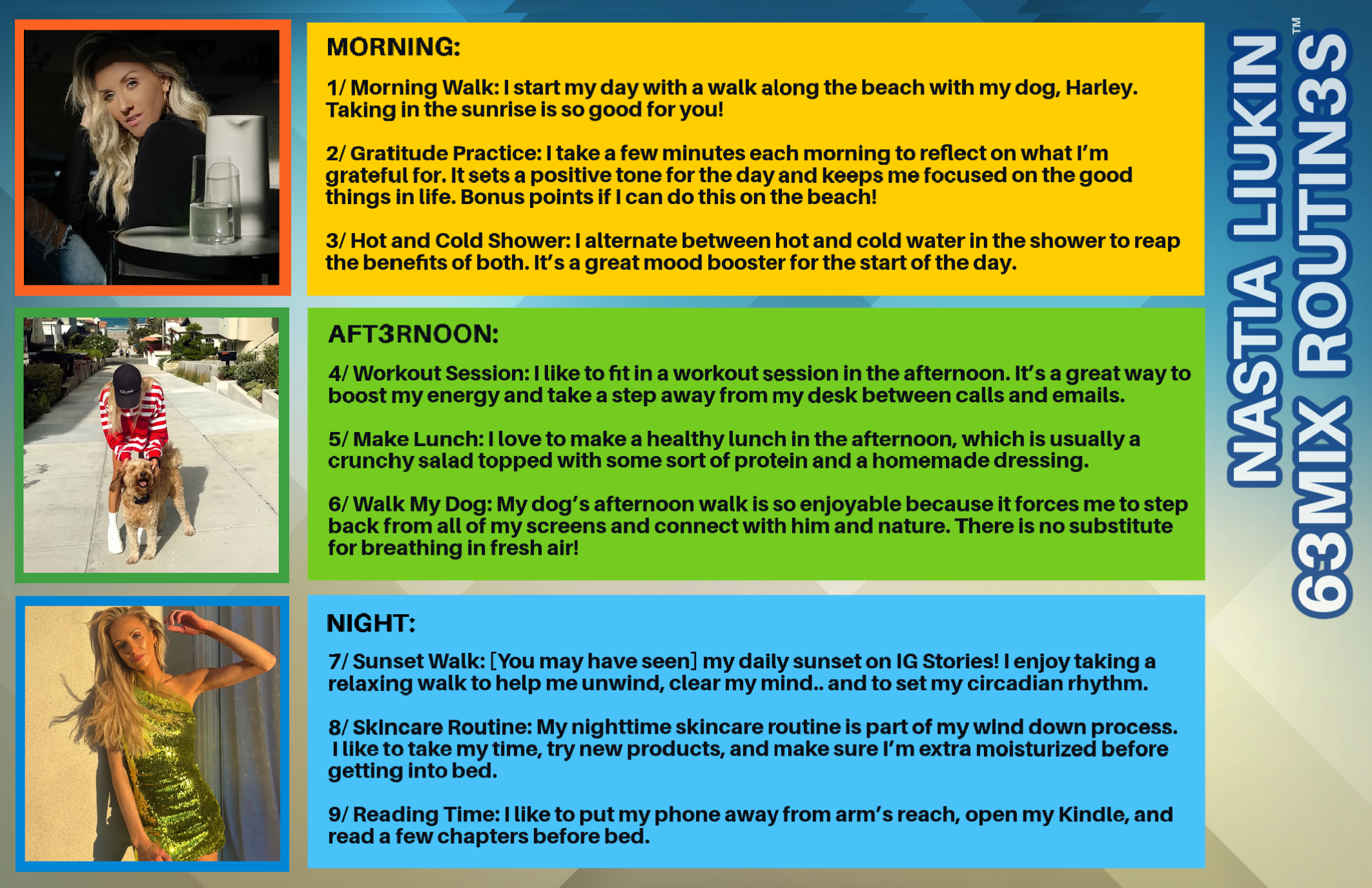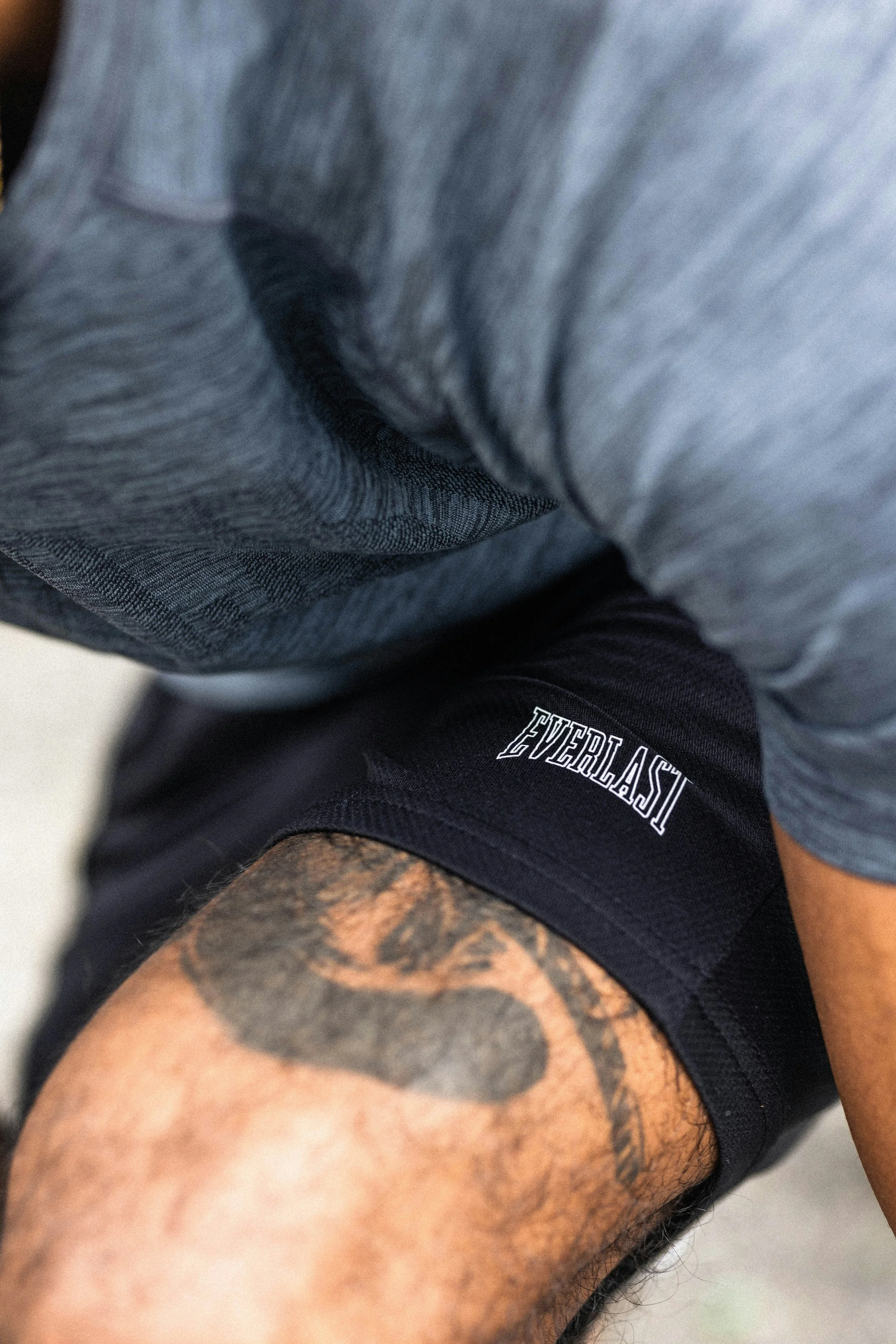Okay, so you crushed that workout. Now what? You want to chill, right? But going from sweaty beast to serene goddess takes more than just willpower. Your outfit has to cooperate. We’re talking athleisure, but not just any athleisure. We're talking the kind that lets you sink into the couch, maybe explore a little green relaxation aid, and just… exhale. If you're in Richmond and curious about options, you might consider exploring Kush Delivery Richmond. It's not just about being trendy; it's about optimizing your "ahhhhh." You want that comfort, that ease, that feeling of just right? It starts with what you wear.
PHOTO CREDIT | Unsplash/Pascal Meier
Athleisure: Not Just a Trend (Thank Goodness)
Athleisure's blown up, and honestly, thank goodness. It's that beautiful baby of athletic apparel and casual wear. Yoga pants you can actually wear to brunch? Check. A hoodie that looks just as good at the gym as it does while Netflix-ing? Double-check. It's versatile, functional, and why so many are ditching jeans for good.
Why it Works for Active Lifestyles AND Rest Days
Okay, so athleisure is awesome because it’s built for life. Moisture-wicking fabrics save you from that post-workout swampiness. Stretchy everything lets you actually move. And, let's be real, it looks way better than your ancient college sweats. Brands are finally getting it, designing stuff that breathes, flatters, and makes you feel put-together even when you're absolutely not. Think beyond basic black leggings here.
Post-Workout Recovery: Elevating it with a Little Green
Let's get real: recovery is crucial. More and more, people are turning to cannabis to unwind after a hard workout. Who can blame them? Finding natural ways to support your body's healing process is a smart move.
The Perks of Post-Workout Cannabis
Cannabis, especially CBD (but sometimes a little THC!), can help muscle recovery, reduce inflammation, and promote overall relaxation. That sweet, sweet relief after leg day? Yes, please. Some athletes even say it makes working out more enjoyable and boosts their recovery. It's worth exploring the potential benefits.
But here’s the thing: your environment matters. Soft lighting? Check. Comfy pillows? Check. The right clothes? Absolutely check. This is where athleisure shines. It's not just about covering yourself; it's about amplifying the relaxation. Trust me, putting on stiff jeans after a hard workout is basically a crime against your body. Clothing will play a big role in optimizing this whole experience, turning your recovery time into a truly luxurious moment.
Athleisure Nirvana: What to Look For
So, what makes athleisure perfect for those post-workout chill sessions? It’s all in the details.
Fabric, Fabric, Fabric
Breathable, moisture-wicking, stretchy is the holy trinity. Cotton blends, bamboo, microfibers – these are your best friends. They keep you cool, dry, and unrestricted. You want fabrics that feel amazing against your skin, especially when you're sore. Seriously, scratchy seams are the enemy. You want fabrics that provide for the best comfort experience and will make you feel great; they can even add to your relaxation experience.
Fit Matters (A Lot)
Loose vs. fitted? Tricky question. For pure relaxation, looser styles usually win. Think oversized hoodies (a personal favorite), baggy joggers, flowy tees. But hear me out – fitted leggings can be great too, especially if they're super soft and high-waisted. Seamless designs are also clutch, eliminating chafing. The goal is a fit that doesn't constrict you, that will allow you to breathe, and that can make you feel like you're being hugged by your clothes. Like a gentle, loving hug.
Style: Express Yourself, Even on the Couch
Coordinated sets vs. mix-and-match? Dealer's choice! Some people love the ease of a matching set (so put together!), while others prefer their own unique combos. Don't forget aesthetics either. You want something that looks good whether you're lounging or running to the store. Darker colors are always a safe bet, especially if you're prone to spilling things (guilty). And those soft fabrics? Yes, always. You want something that serves your style, that will make you feel confident, and that can transition seamlessly from the gym to real life.
Temperature Control: Layers are Your Savior
Lightweight layers are key for cooling down after a workout. A light jacket or breathable tee does the trick. Then, when it's time to fully embrace the couch, cozy elements like oversized hoodies are a must. You want something that serves your body's changing temperature, that will keep you comfortable no matter what, and that can adapt to your needs.
Brand Love: My Go-To Athleisure
Okay, let's get specific. Which brands are actually nailing this whole athleisure-for-relaxation thing? I’ve tried a lot.
The Ones Worth the Money
● Lululemon: Yeah, it's pricey. But the quality is unreal. Their Softstreme collection? Feels like you're wearing a cloud. Seriously. Worth the splurge. I have the Softstreme Perfectly Oversized Cropped Crew ($118) and I LIVE in it.
● Vuori: This brand balances performance with serious coziness. Their joggers are legendary. The Performance Jogger ($89) is always in my rotation.
● Beyond Yoga: Buttery-soft is an understatement. It feels like wearing a hug. Their spacedye leggings are life.
Budget-Friendly Options That Don't Suck
You don't need to empty your bank account for comfort. Old Navy and Target have great basics. Don't expect them to last forever, but they're perfect for filling out your wardrobe.
Level Up Your Lounging: Outfit Ideas
Alright, let's put it all together. What are the perfect outfits for maximum post-workout bliss?
The Post-Gym Uniforms
● Hoodie + Joggers: The ultimate power couple of comfort. Bonus points for a zip-up hoodie for easy temperature control.
● Sports Bra + High-Waisted Leggings: Breathable and supportive, perfect for warmer weather. Add a light cardigan if you get chilly.
● Oversized Tee + Biker Shorts: Relaxed, stylish, and perfect for showing off those quads you worked so hard for.
Accessorize for Maximum Cozy
Don't forget the extras! Cozy socks, slide sandals (Birkenstocks, anyone?), a weighted blanket, and a beanie can seriously up your relaxation game.
The Color Question
Hear me out: Darker colors hide sweat stains (we've all been there) and tend to be more forgiving. But honestly, wear what makes you feel good!
PHOTO CREDIT | Unsplash/Viktor Talashuk
Final Thoughts: It’s All About You
Choosing the right athleisure wear is about more than just clothes. It's about enhancing your comfort, your style, and your entire relaxation experience. Think of it as a tool. It's a means to an end: pure, unadulterated bliss.
From the gym to the couch, your clothing should support your body AND your mind. So, go ahead, treat yourself to that perfect lounge set. Relaxation is an art, and you deserve to be cozy. Athleisure wear can serve you, and the right style can only make the experience even better. Now go get your chill on.







































